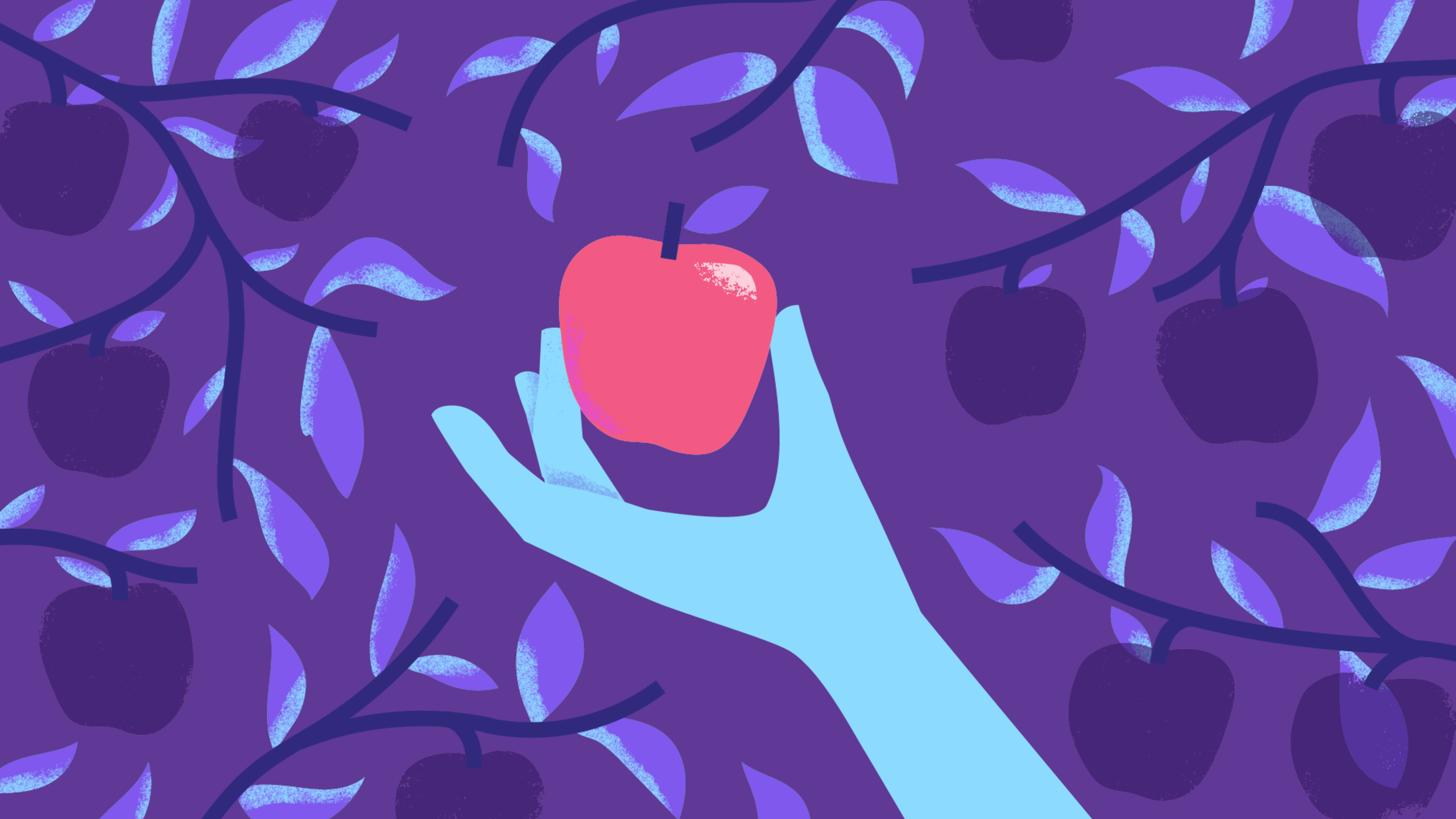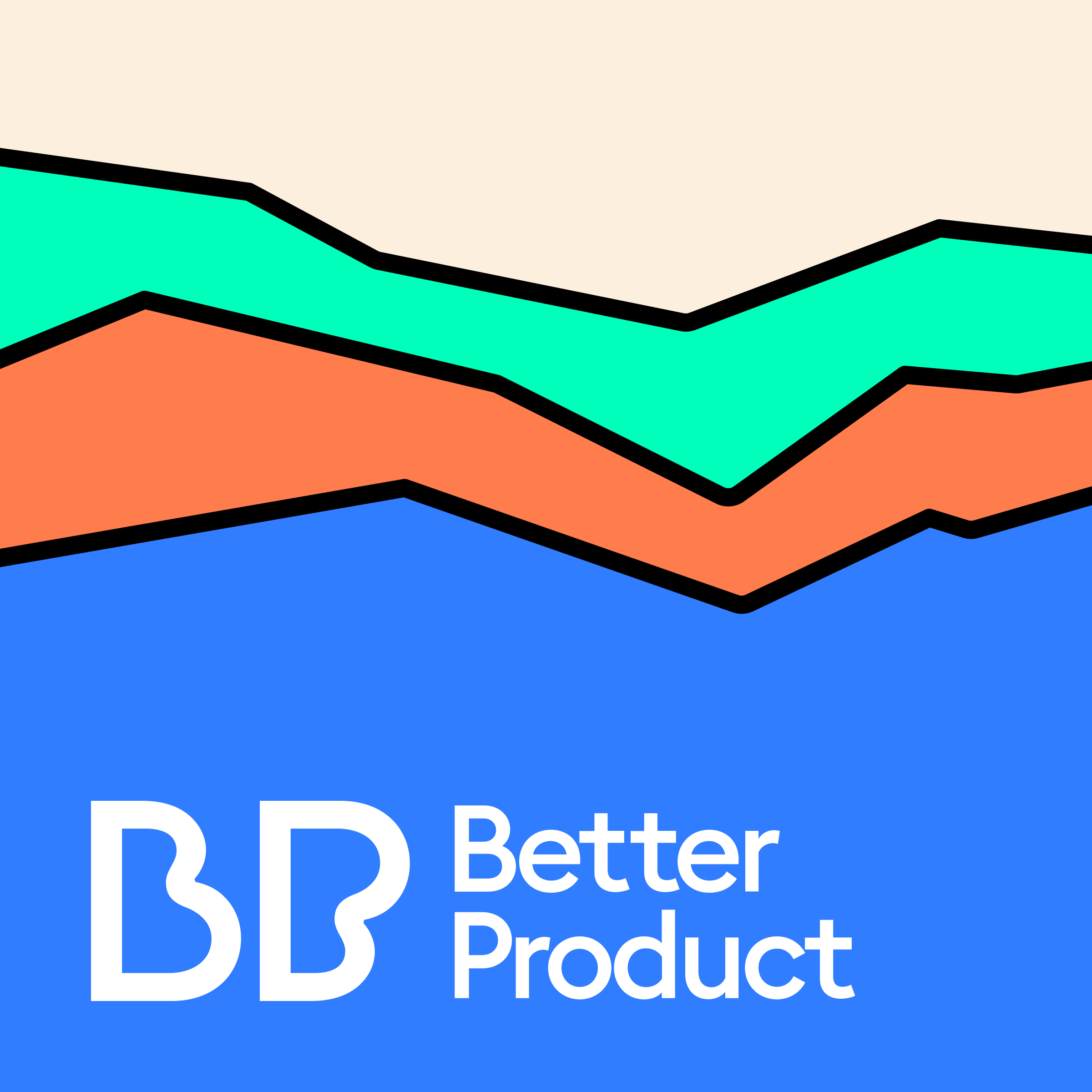You’ve probably seen consumer brands drop a new line of footwear or clothing, but have you considered using the same approach with your product?
We’re exploring the impact “product drops” can have on your business in this episode of Better Product. When it comes to fashion brands, these product drops generate excitement and create exclusivity helping brands break through the noise.
Meghan and Christian explain the phenomenon while sharing examples of how brands can apply it for themselves.
Takeaways:
- How product drops create scarcity and exclusivity (in a good way)
- Explore small ways to evolve your product to keep yourself top of mind
- The power of exclusivity without limiting user numbers
- Why you shouldn’t rely on release notes to promote new features
- How experiments let you understand your users better
- When it comes to new features, stop worrying about integration with your existing product
- Identifying the best way to get clarity before launching
Things to Listen For:
- [00:35] What does ‘product drops’ mean?
- [02:30] Examples of product drops from Stir and MSCHF
- [04:30] Applying the concept of product drops to the software world
- [05:00] Creating scarcity for non-physical products
- [06:00] Translating product drops into the digital world
- [07:45] Product drops can act as “Hawaii trips” that surprise and delight customers
- [09:00] Finding silly but valuable ways to surprise customers
- [10:45] Different ways Slack could have dropped their huddles feature
- [13:30] Brainstorming ideas for Zoom product drops
- [20:00] Meghan’s marketing advice for B2B companies considering product drops
- [20:40] Christian’s product advice for B2B companies considering product drops
Resources
Product ‘Drops’ Aren’t Just for Sneaker Brands

